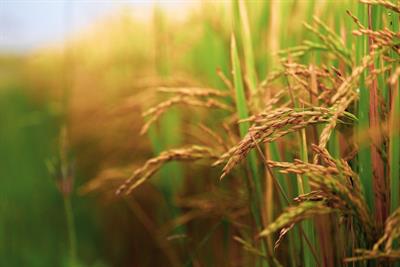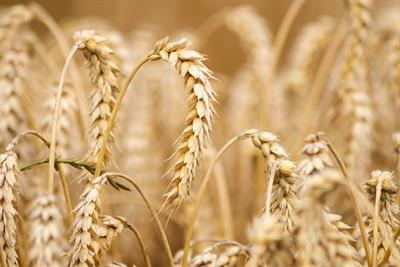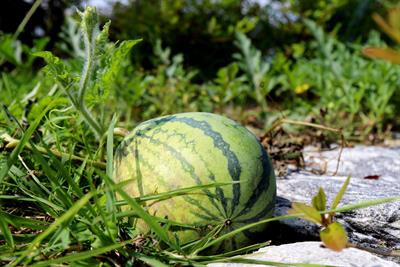
PUMPA - SMART LEARNING
எங்கள் ஆசிரியர்களுடன் 1-ஆன்-1 ஆலோசனை நேரத்தைப் பெறுங்கள். டாப்பர் ஆவதற்கு நாங்கள் பயிற்சி அளிப்போம்
Book Free DemoThe different crops require different climatic conditions, temperatures and photoperiods for growth and completion of the life cycle. Photoperiod is related to sunlight duration, and the plant's growth is dependent on sunlight. Plants produce food in the presence of the sun by the process of photosynthesis.
Seasons of crops:
- Kharif season - Crops that grow in the rainy season from June to October.
Example:
Paddy, pigeon pea, soyabean, groundnut, cotton, maize, black gram and green gram.

Paddy
- Rabi season - Crops that grow in the winter season from November to April.
Example:
Wheat, peas, gram, mustard, linseed.

Wheat
- Zaid season - Crops that are grown in the summer season from March to June.
Example:
Watermelon, muskmelon, and cucumber.

Watermelon
In India, there is a four-fold increase in production of food grains from the year 1952 to 2010 with only 25\% increase in land area that is cultivable. The approaches that were adopted to obtain high yield in India :
- Improvement in crop variety (higher yield through genetic manipulation)
- Management of crop production
- Management of crop protection
Improvement in crop variety:
In the approach, crops are selected based on the crop variety. Crops variety or strain are chosen based on the disease resistance, the crop's response to fertilisers, the quality of the final product and the crop yield.
Methods to create improvement in crop variety
- Hybridisation - crossbreeding between genetically different plants. Crosses performed may be of three types: intervarietal (between two different varieties of the plant), interspecific (between two species that belongs to the same genus) and intergeneric (between species of different genus). Hybridisation incorporates the desired characteristics of both the crops in one variety that is produced.
- Introduction of a new gene - A gene that provides the desirable characteristics to a crop, to produce genetically modified crops.
For the acceptance of a new crop variety, the variety should produce high yields under different conditions which are found in different areas. The produced variety should be of good quality, i.e., all seeds should be of the same variety and should germinate under the same conditions.
The cultivation practices and yield depends on the climate and weather, soil quality and availability of water. Since weather conditions like drought and flood are unpredictable, the crop varieties that can grow in diverse conditions of climate are useful. Likewise, tolerance to soil salinity is preferred.
Need for crop variety improvement:
- To increase the crop yield and productivity of crop per acre.
- To improve crop quality: Different crops have different qualities. For Example, pulses have high protein quality; oilseeds should have high oil quality, fruits and vegetables must have preserving quality.
- Improving crop resistance to biotic and abiotic stresses: Biotic stress is referred to diseases, insects and nematodes, while the abiotic stress is referred to floods, drought, salinity, heat and cold weather conditions.
- To shorten the crop maturity period: The shorter the duration of crop from sowing to harvest, the more economical the variety is. This allows farmers to grow a variety of crops in a year. Short duration reduces the crop production cost and reduces the chances of harvest loss.
- To have wider adaptability: This helps in stabilisation of crop production under different environmental conditions. One variety should be grown under different climatic conditions in different areas.
- To achieve required agronomic characteristics of crops like correct height, weight, resistance and high yield: For fodder crops tallness, and branching are desirable. While in cereals, dwarfness is desirable. In this way, the desirable agronomic characters gives higher productivity and yield.
Reference:
https://pixabay.com/photos/paddy-field-paddy-field-food-rice-4483676/
https://pixabay.com/photos/wheat-field-wheat-field-barley-6536039/
https://pixabay.com/photos/watermelon-fruit-field-plants-5698364/